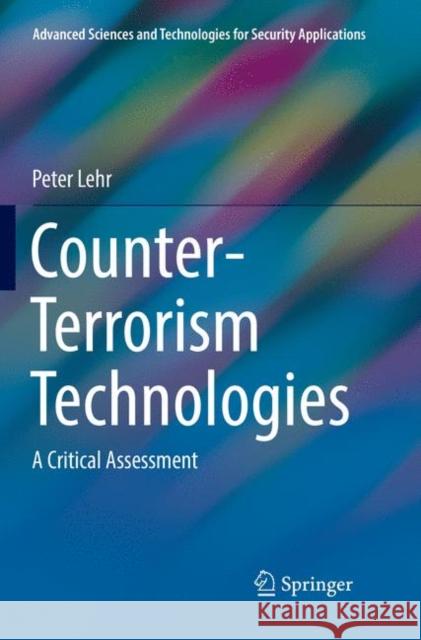Counter-Terrorism Technologies: A Critical Assessment » książka
topmenu
Counter-Terrorism Technologies: A Critical Assessment
ISBN-13: 9783030081324 / Angielski / Miękka / 2019 / 217 str.
Kategorie BISAC:
Wydawca:
Springer
Seria wydawnicza:
Język:
Angielski
ISBN-13:
9783030081324
Rok wydania:
2019
Wydanie:
Softcover Repri
Numer serii:
000307417
Ilość stron:
217
Waga:
0.32 kg
Wymiary:
23.39 x 15.6 x 1.22
Oprawa:
Miękka
Wolumenów:
01
Dodatkowe informacje:
Wydanie ilustrowane











